|
Neotropic Cormorant drying his wings on Pond 1. Canon R7, RF 100-500mm with 1.4x Ext., at 700 mm, 1/1000 sec., f/10, ISO 2500, +1 EV. Sunday morning November 19th, after a gentle rain, we drove east from Tucson to the Tanque Verde Valley and Agua Caliente Park, just east of Soldier Trail and north of Roger Road. It was overcast at sunrise, but slowly brightening up, with wet leaves and soil a welcome offering for all the local residents, two-footed, four-footed, and winged! Agua Caliente Park, 12325 E. Roger Road, Tucson, AZ, 85749 Agua Caliente Park has a long rich history: First a ranch and spa of sorts, then a private residence, and now a Pima County park for all to enjoy. For more on the park see the Friends of Agua Caliente website. Above is a map of the park I created from a Google Maps satellite view with my labeling additions. The entrance is off of Roger Road on the south side of the park, with ample parking. There are three ponds, numbered 1, 2 and 3 from east to west, with the ranch house just to the east of Pond 1 . The photograph below was captured to the east of the ranch house, as the sun was breaking through the cloud cover and lighting up the tops of the date palms. Canon R6 with EF 24-105mm at 24 mm, 1/800 sec., f/6.3, ISO 400, +0 EV. The ranch house, photograph below, was built in the late 19th century with more rooms added later. Pond 1 is to the left of the image below. Canon R6 with EF 24-105mm at 24 mm, 1/250 sec., f/7.1, ISO 400, +0 EV. To the west of the ranch house is a recently rebuilt island accessible by a new foot bridge. The image below was captured from the island, looking west and a bit south. Roger Road is just beyond the trees at the far left side of the photograph. Canon R6, EF 24-105mm at 24 mm, 1/800 sec., f/7.1, ISO 160, +0 EV. More on Pond 1 to come, but first, a look at a few locals . . . . . The Northern MockingbirdCanon R7, RF 100-500mm at 500mm, f/7.1, 1/1250 sec., ISO 800, +0.67 EV. Northern Mockingbirds are year round residents of the continental U.S. and Mexico. They are known for their complex, mimicking song and pugnacious defense of their territory, nest, and young. (Ref: Birds of the World). They will eat almost anything, including insects, fruit, earthworms, as well as small lizards and flowers. I spotted the mockingbird above on a date palm a bit east of the ranch house, watching the sun break though the clouds. Northern Mockingbirds live among scattered shrubs and small trees in the eastern U.S., favoring parkland and cultivated lands. In the west they are seen in desert scrub and chaparral. They have adapted well to urban and suburban areas, favoring mowed lawns adjacent to shrubs and hedges. (Ref: Birds of the World). Their flexible diet and comfort with urban surroundings likely explains their wide range in a continent with so much variation in habitat. For more on the mockingbirds vocal skills, see The Genius of Birds by Jennifer Ackerman, Chapter 5, Four Hundred Tongues. The images below were captured at Battiste's Bed, Breakfast and Birds in Hereford in February of 2022, and show good details of the gray back, white markings on the wings, long tail and yellow iris. In flight the white feathers are quite evident, creating a white flash. Canon R6, RF 100-500mm at 500mm, f/7.1, 1/2000 sec., ISO 500, 0 EV. Gila WoodpeckerCanon R7, RF 100-500mm at 500mm, f/7.1, 1/1000 sec., ISO 500, +0.67 EV. Another regular at the park is the Gila Woodpecker a year round resident of southern Arizona, NW Mexico and Baja California. They are closely wedded to saguaro cactus, using it for food and for lodging. In going through my library, I realized that almost all of my Gila images are from Agua Caliente Park. Below is one from May of this year when a male was feeding nestlings in another neighboring saguaro. Canon R6, RF 100-500mm with 1.4x Ext., at 454mm, f/7.1, 1/6400 sec., ISO 3200, +0.67 EV. VerdinCanon R7, RF 100-500mm at 400mm, f/7.1, 1/1600 sec., ISO 1250, +0.67 EV. Verdins are small songbirds that inhabit desert regions of the southwest and most of northern Mexico including Baja California. They are year round residents, continuously foraging for insects. When they are not eating, they are building nests! For breeding, they build spherical or ovoid structures with thorny twigs, grasses. leaves, and feathers. The opening is usually to one side or the bottom. In addition, they build smaller platform nests for roosting any time of year, but especially in the winter. Verdins are brownish gray with a yellow head and rufous lesser wing coverts that show as a bright shoulder patch in the perched bird. They are the only new world members of the family Remizidae. The leading photograph above and the two that follow below were captured shortly after 8 am as overcast skies provided even light. Because nests are a big part of the Verdin's story, I am including two images from prior years. The image below is a Verdin perched just below and to the left of her nest in Agua Caliente in August 2017. The entrance is at the lower left, just above and to the right of her head. The nest is hard to see in the tangle of the branches, which is by design. Successful breeding means keeping your nest hidden from predators. Canon 7D Mk II, Sigma 150-600mm at 267mm, f/10, 1/250 sec., ISO 250, +0 EV. The image below was captured at Sweetwater Wetlands in October of 2019 at the end of the breeding season. This is a platform nest for winter roosting, bulky at the base but open at the top. Verdins will build many nests, more than they need. It is nice to have a choice! Canon 7D Mk II, EF 100-400mm at 400mm, f/6.3, 1/320 sec., ISO 640, +0 EV. Back to Pond 1 . . . .Canon R6 with EF 24-105mm at 24 mm, 1/800 sec., f/7.1, ISO 160, +0 EV. The image above shows Pond 1 viewed from the island. The image below is a cropped version. On the far side of the pond is a high stand of palm trees with some dead branches in the water at the base of the trees. If you look very carefully on the left side of the dead branches, there is a dark silhouette reflected in the water . . . a Neotropic Cormorant. Neotropic CormorantCanon R7 with RF 100-500mm and RF 1.4 ext. at 454mm, 1/1000 sec., f/8, ISO 1250, +0.33 EV.
Neotropic Cormorants are tolerant of human activity and can be seen near bodies of water throughout the Tucson area. Neotropic Cormorants create platform nests in small trees or tall shrubs, and occasionally on human built structures. The male and female build the nest together and share nest duties, including feeding their offspring. Rather than regurgitating their food for the young, the adults swallow the heads of the nestlings, who feed off of food in the adult's crop. The image below was captured on April 26, 2019 at Smith Oaks Rookery on High Island, Texas, on the coast just east of Galveston. The rookery was built on an island within a large pond recovered years ago from oil production. This is a fantastic place to visit if you are in or near the Houston area. Canon 7D MkII, EF 100-400mm with 1.4 mk III ext., 560 mm, 1/640 sec., f/8, ISO 250, +0.33 EV. Belted KingfisherCanon R7, RF 100-500mm with 1.4x Ext., at 700mm, f/10, 1/3200 sec., ISO 1600, +1 EV. The Belted Kingfisher is in the order Coraciiformes, which includes bee-eaters, momots, todies, and kingfishers. Worldwide there are 117 species of Kingfisher in the family Alcedinidae, divided into 18 genera. The Belted Kingfisher, Megaceryle alcyon, lives year round in most of the U.S., breeds in Canada and Alaska, and winters in southern California, Arizona, New Mexico, as well as Mexico and further south. Belted Kingfishers live near ponds and streams and nest in burrows in earthen banks. They eat fish, looking for prey from perches hanging out over the water, then diving to the surface. They grab prey with their large bills, then return to a perch to swallow it. Adults swallow fish whole, digesting everything but the bones, which are regurgitated later in a pellet, much like an owl. The portrait above was taken over Pond 3. Our subject is an adult male, with a dark band across the upper chest, and no additional color on the chest. The female is more garish, as we will see in a minute. Below a male is sitting right above the Neotropic Cormorant at Pond 1, looking for breakfast. Canon R7, RF 100-500mm with 1.4x Ext., at 700mm, f/10, 1/1600 sec., ISO 6400, +0.67 EV Below he goes into a dive, with his white neck band in evidence, and a flash of white on the flight feathers. The image below shows a female Belted Kingfisher in flight at Agua Caliente in October 2017. The females are more colorful than the males with a rufous band across the chest and wing. Her long bill makes a good tool for fishing, thick at the base with a pointed tip. Canon 7D Mk II, Sigma 150-600mm at 600mm, f/6.3, 1/1000 sec., ISO 200, +1EV. Canon R6 with EF 24-105mm at 24 mm, 1/250 sec., f/13, ISO 400, +0 EV. Canon R6 with EF 24-105mm at 24 mm, 1/250 sec., f/13, ISO 160, -0.33 EV. In recent years extensive work has been done on Pond 1, Pond 2 (above), and now on Pond 3 (below). On this day Pond 3 had water in one of its two branches. Pond 3 is a great area for birds, with water and trees in a natural desert environment. Canon R6 with EF 24-105mm at 24 mm, 1/500 sec., f/10, ISO 250, 0 EV. Note for the photo geeks: On birding walks I always try to carry a second camera. For many years it was a Canon G15 Powershot for landscape shots, then more recently my iPhone 13. However, this day I balanced a Canon R7 with RF 100-500mm on my right side with a R6 with EF 24-105 on my left. I found the combination surprisingly easy to carry with a BlackrRapid double harness, and I must admit, the image quality is much better than my iPhone 13. Red-eared SlidersCanon R7, RF 100-500mm with 1.4x Ext., at 420mm, f/8, 1/2000 sec., ISO 5000, +0 EV. Toward the north end of Pond 1 we found these Red-eared Sliders sunning themselves on a log. Red-eared Sliders are one of 5 species of turtle at Agua Caliente, others being the Spiny Softshell, Map Turtle, Painted Turtle, and River Cooter. None of them are native, but are not considered invasive since they do not appear to have a negative impact on the park's native wildlife. Before the county started work on Pond 1 in 2019 they trapped over 50 turtles and took them to a turtle rescue facility in the Phoenix area. The ones that escaped the traps just walked to Pond 2 while the work was being done, then walked back to Pond 1. (Reference: Jeff Babson). Northern CardinalCanon R7, RF 100-500mm with 1.4x Ext., at 700mm, f/10, 1/500 sec., ISO 800, +0.33 EV. As we walked east back to the parking lot, two cardinals were feeding in the understory just north of the guest house. Northern Cardinals live throughout the lower 48 states, and are regulars at feeders in SE Arizona. In the images above and below we see a mature male, bright red with darker wings and dark feathers around the bill. The female of the pair is shown in the two images below. Females are a paler orange compared to the male, but with the same dark feathers around the bill. For more on identifying the female Cardinal in comparison to the Pyrrhuloxia, see Winter Birding Southeast Arizona: Hereford, February 2022 and Patagonia, Arizona, February 2018. In Closing . . . .I am always looking for birds doing something special, especially when it puts a smile on my face. I was not disappointed on April 13, 2022 when I spotted a male Pyrrhuloxia, a close relative the Northern Cardinal, taking issue with an outside rear-view mirror of a sedan in the Agua Caliente parking lot. He quickly escalated his attack on a much larger threat, a school bus parked a short distance away. He was likely nesting nearby, and perceived his reflection in the mirror as a male intruder. His frontal attack was very successful, because in just a moment, his rival disappeared! "I showed you! Don't come back!" For more on this confrontation, and spring nesting at Agua Caliente, see this post from spring of 2022: Agua Caliente in April, a Time to Make more Birds. That's all for now! Stay tuned, more to come! Happy Trails!
10 Comments
Linda Currin
11/26/2023 11:25:16 am
Your visit to Agua Caliente made me want to go again, since I'd not been there after the renovation! Thank you, Henry!!
Reply
Henry
11/27/2023 07:20:32 am
Linda: Thanks for the note. Agua Caliente is beautiful. The ponds look great, and they are working on the rebuilt near the palms as part of the fire restoration.
Reply
C Cordes
11/26/2023 12:26:18 pm
Just BEAUTIFUL. Thankyouthankyou.
Reply
Henry
11/27/2023 07:21:15 am
I am glad you enjoyed the post.
Reply
Marie Ahmann
11/26/2023 02:59:18 pm
Thank you Henry. Your photos are beautiful!
Reply
Henry
11/27/2023 07:21:53 am
😊
Reply
Deb
11/27/2023 10:30:17 am
Every one of your posts applies to everyone, whether your interest in photography involves birds, landscape or discovering hidden photographic things we didn’t know were there. Providing your location, time of day and time of year helps in planning our own photo experiences. Mentioning your camera information makes it possible to eliminate being overly-geared and helps us to become adequate-ly-geared for the location you’re identifying. It’s also helpful to read the simplified-phone-gear may not provide the highest return for our discovery effort. Beautiful photography and very engaging to read. I have to echo the comment from Linda Currin, I agree. Henry your style of writing and skill of informing make me want to go there too, well I want to go everywhere! Looking forward to your next post.
Reply
Henry
11/27/2023 01:08:48 pm
Deb, Many thanks for your comments. I appreciate your careful take on each post. It helps me to know if I am on or off target, and if my intent is getting through to the reader. Thanks again!
Reply
Barb Eisele
11/27/2023 03:15:59 pm
Henry your pictures are so beautiful. I LOVE Aqua Caliente Park, it's a treasure. Your pictures really capture much of its charm. Such a treasure for all of us in the desert.
Reply
Henry
11/28/2023 06:39:54 am
Barb, Many thanks. It is one of my favorite parks.
Reply
Leave a Reply. |
AuthorHenry Johnson, photographer and author of this site. For more detail, see About
Categories
All
Archives
July 2024
|
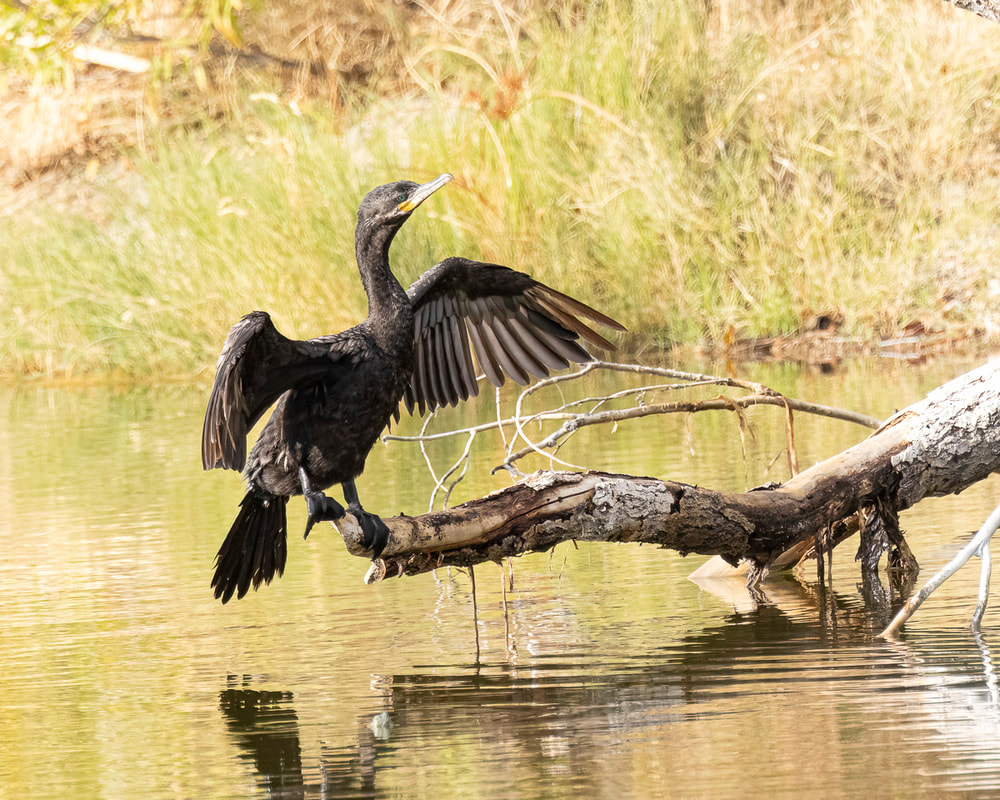
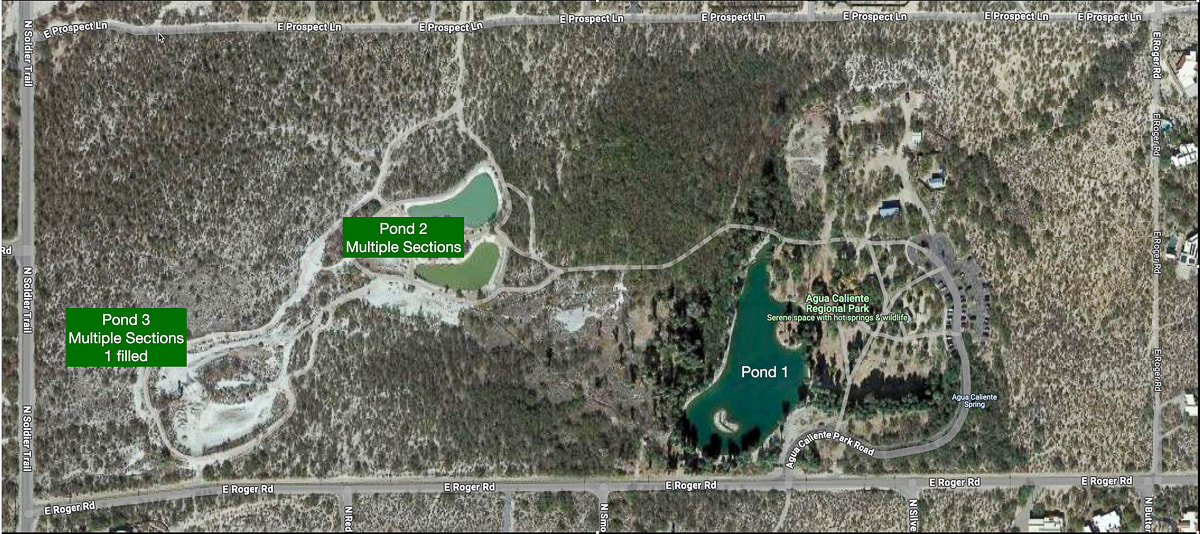
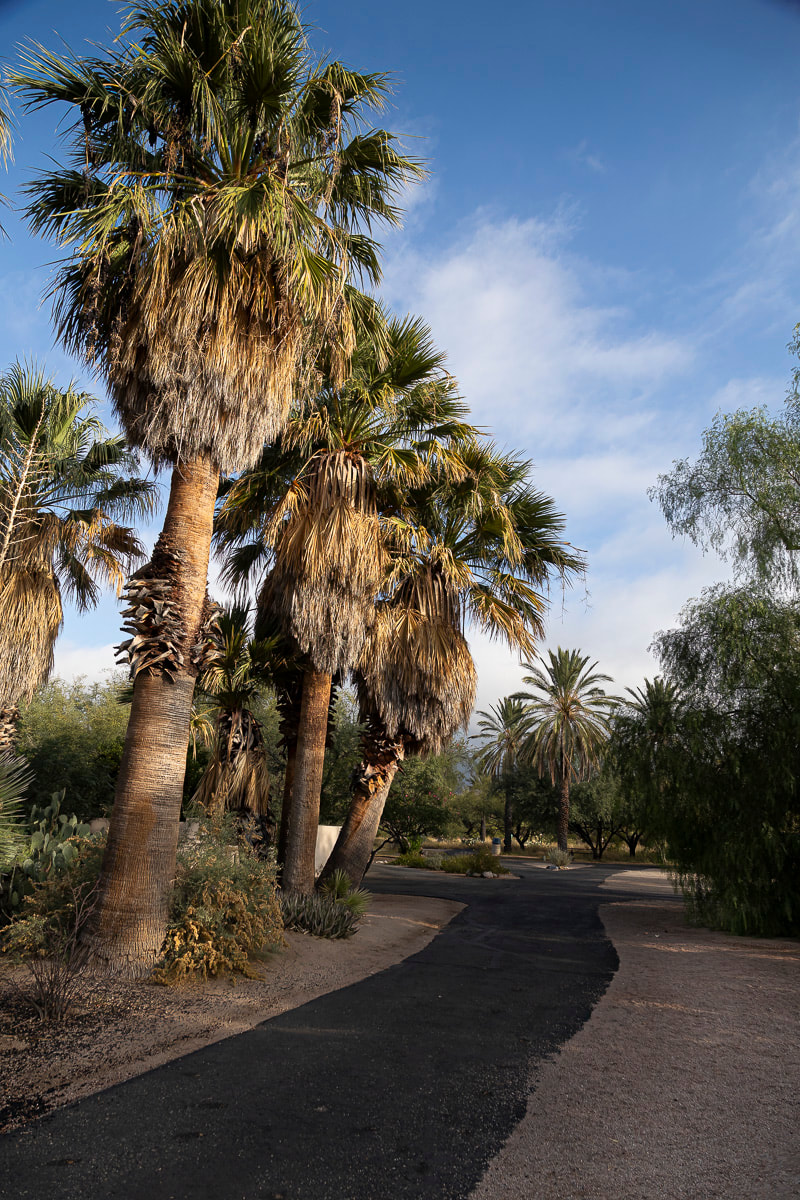
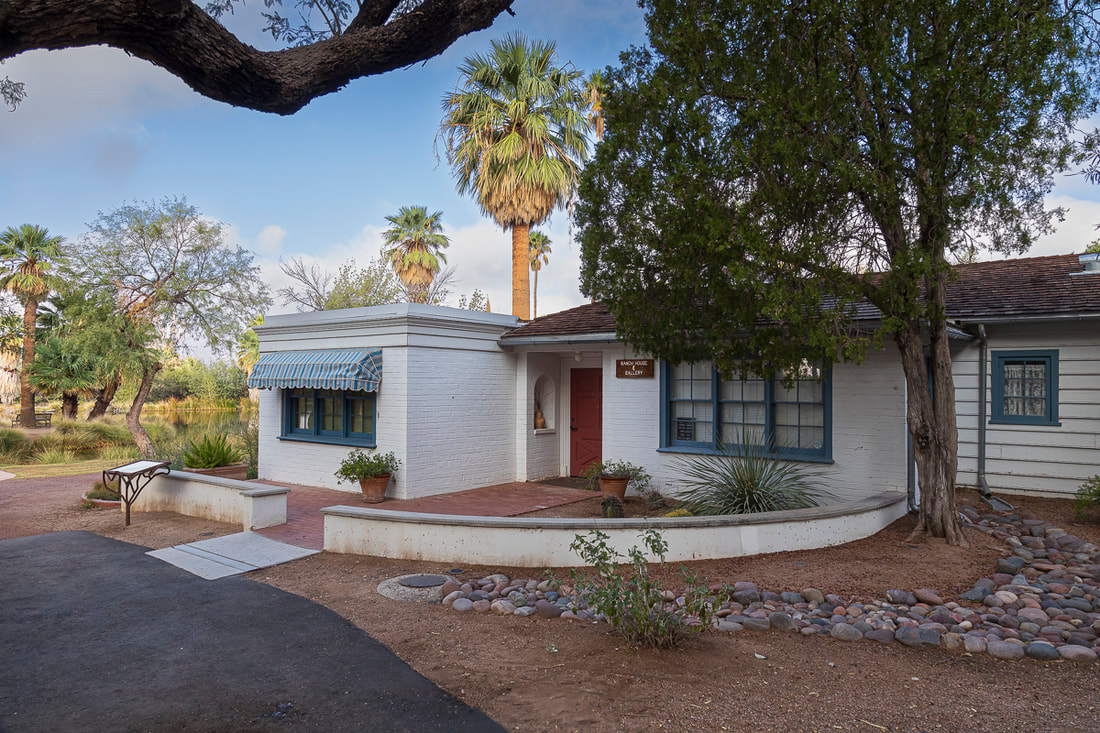
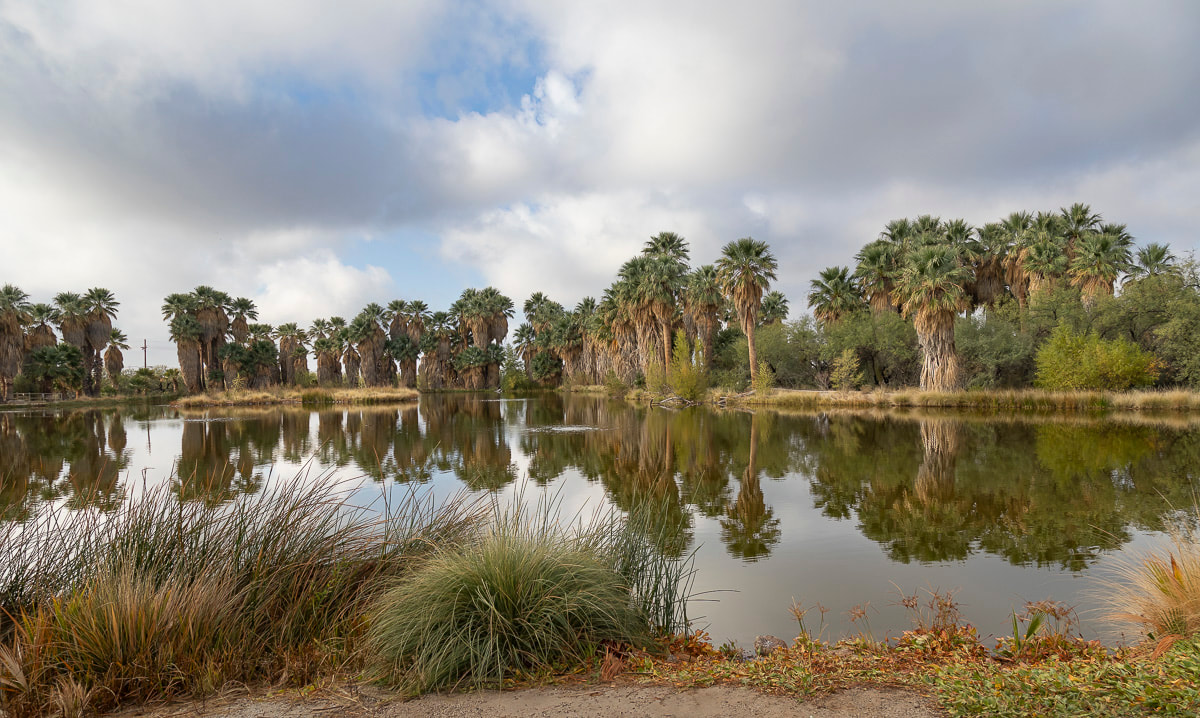
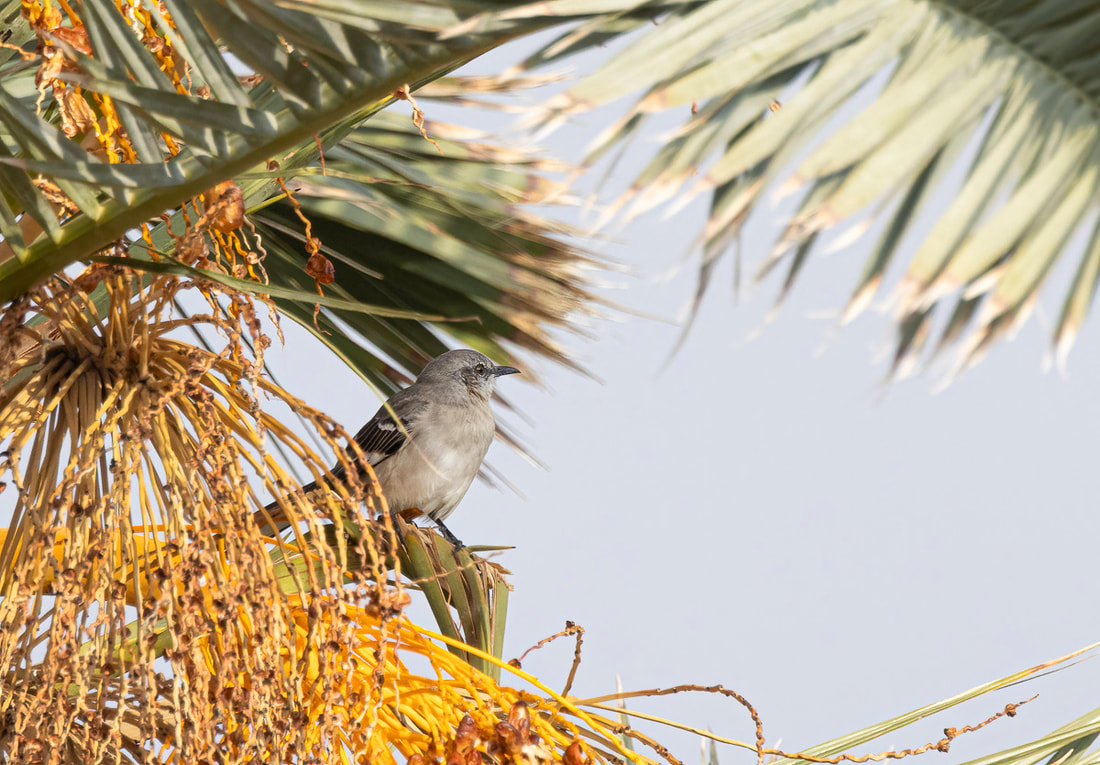
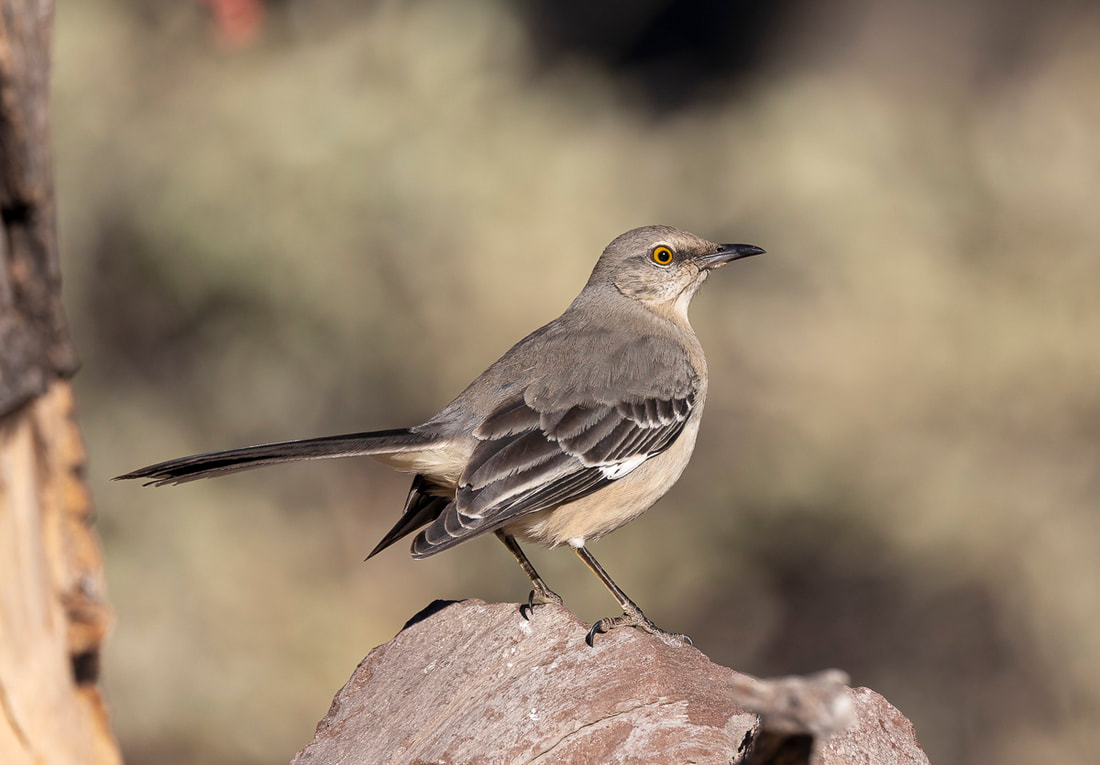
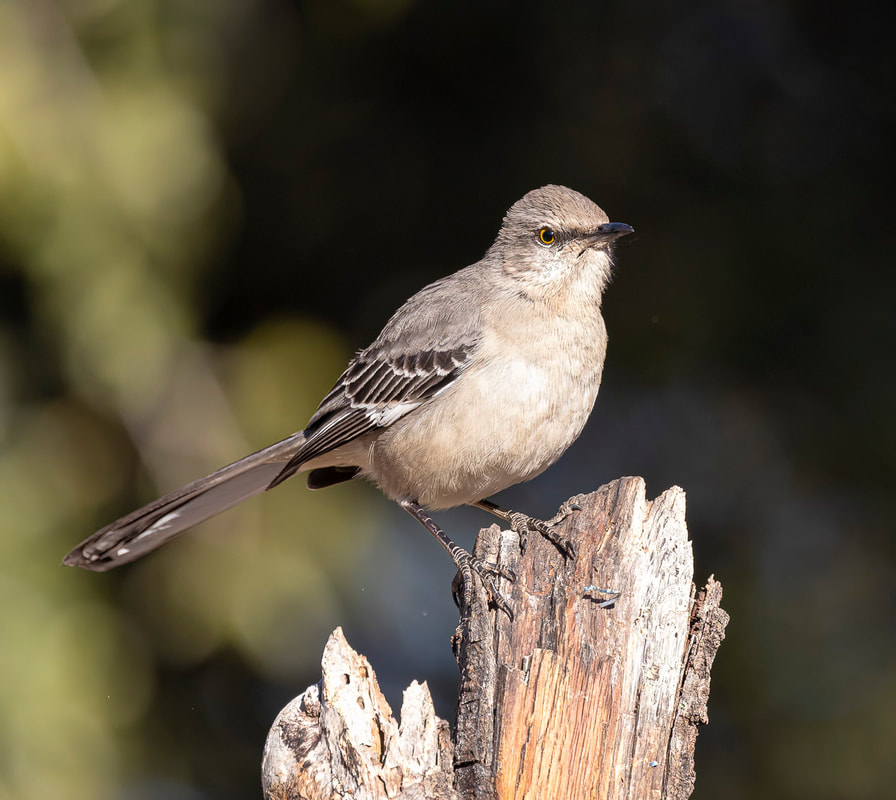
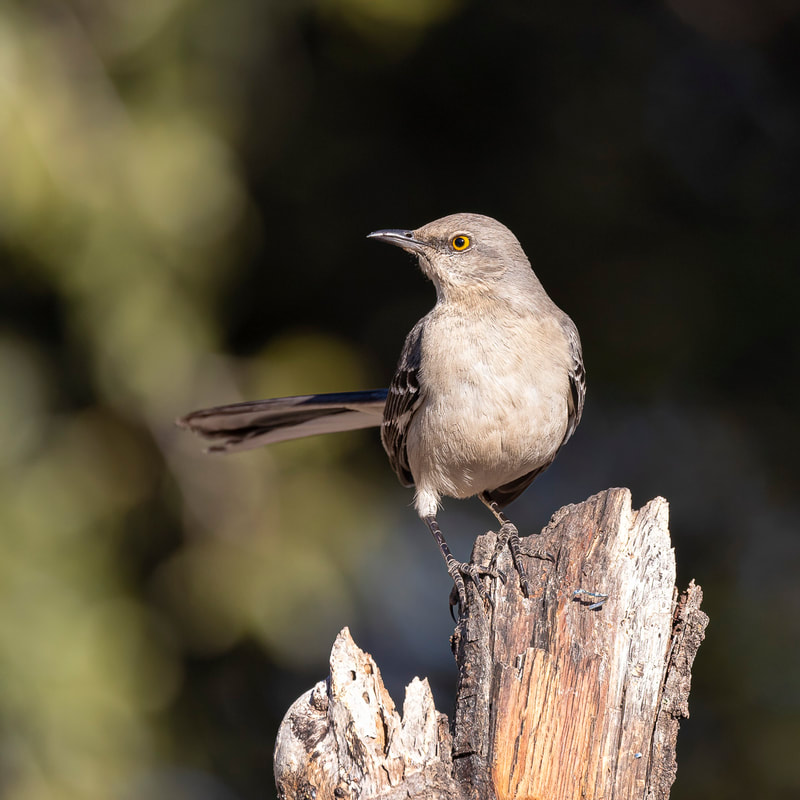
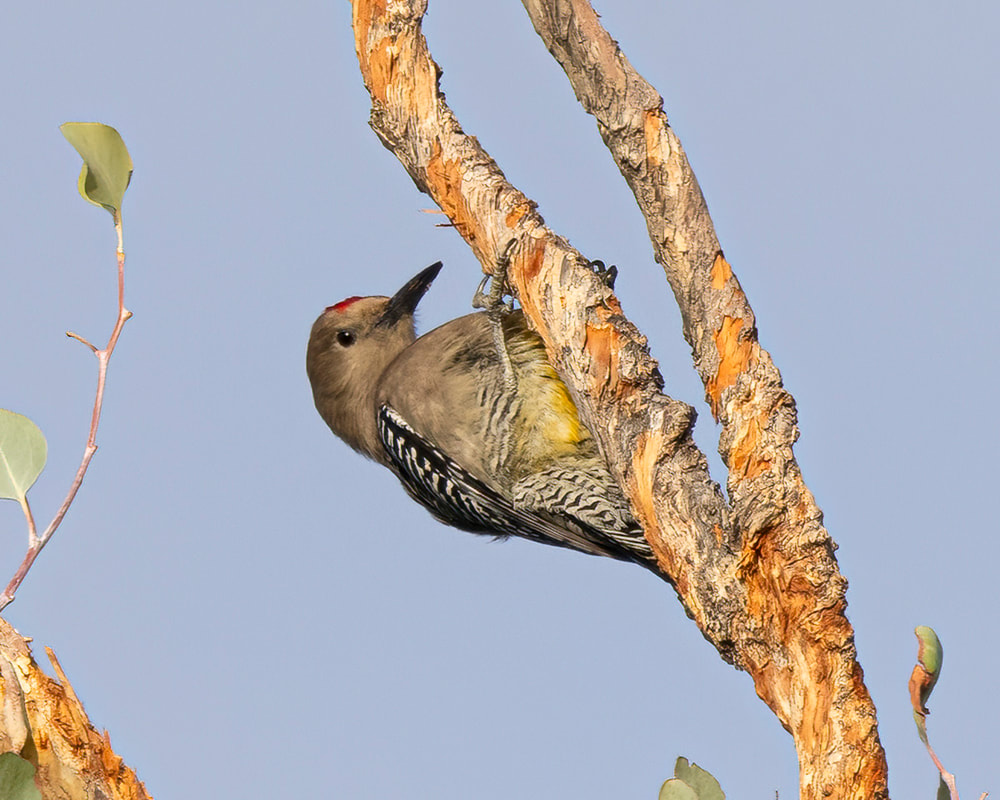
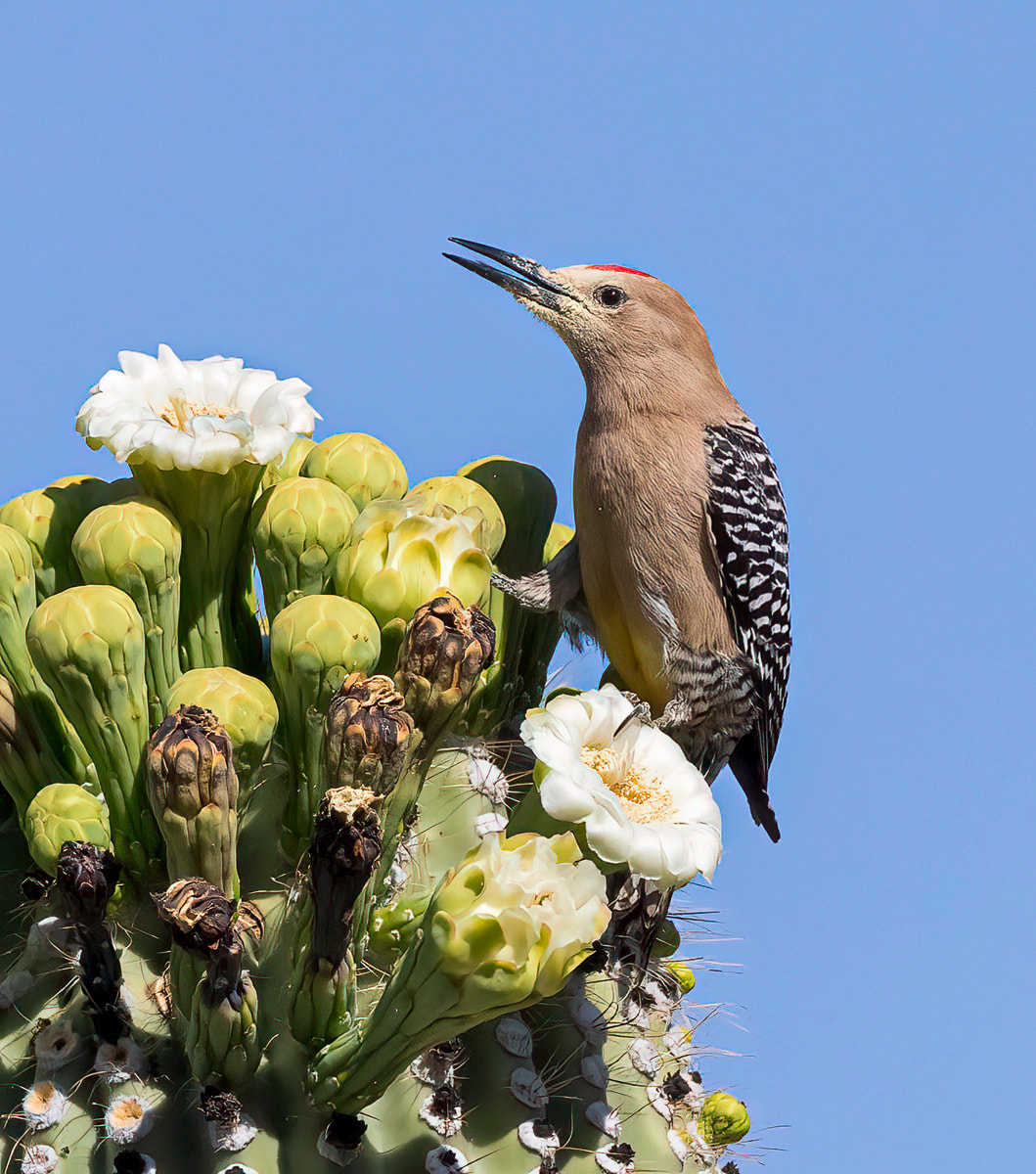
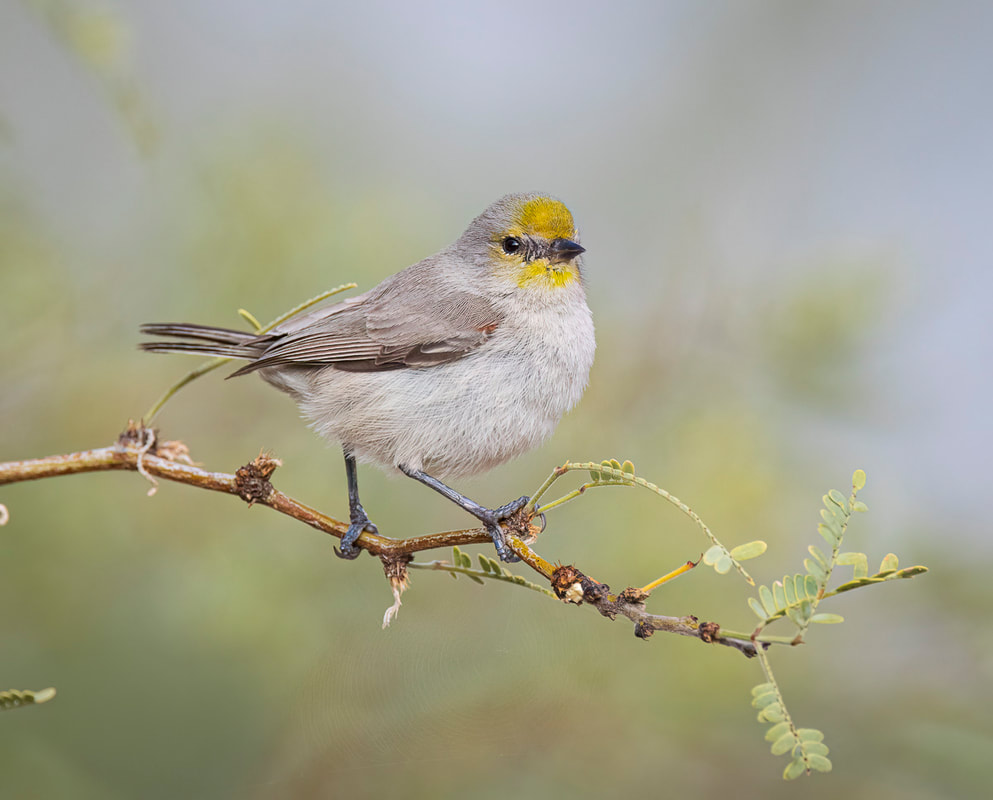
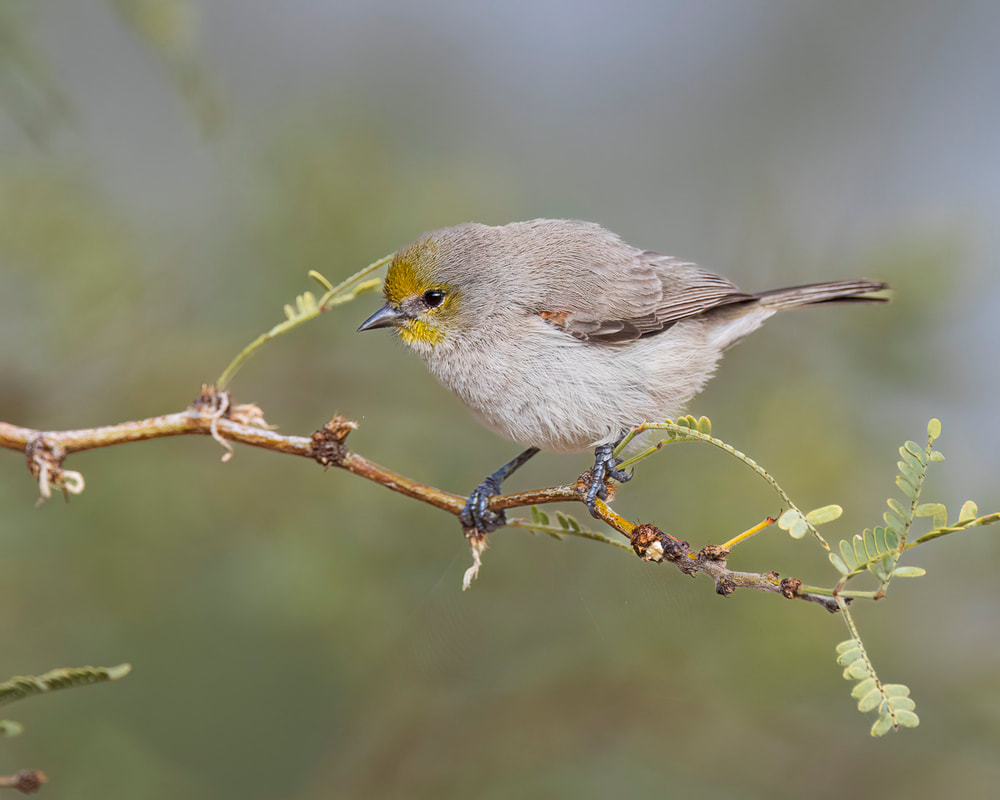
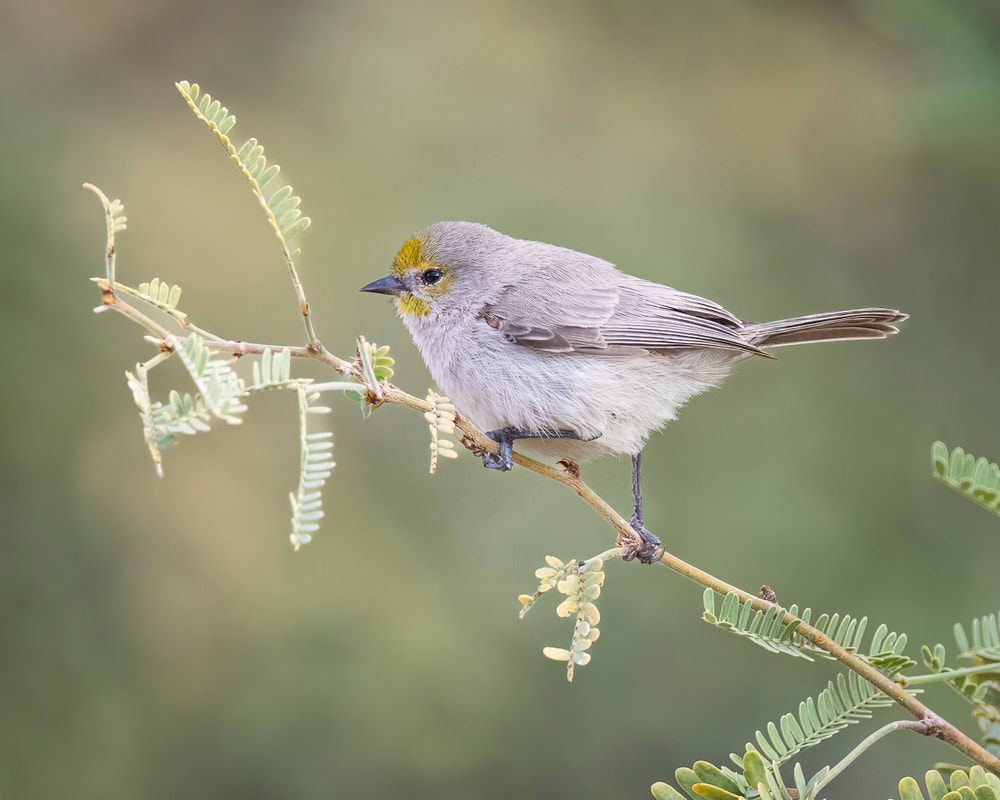
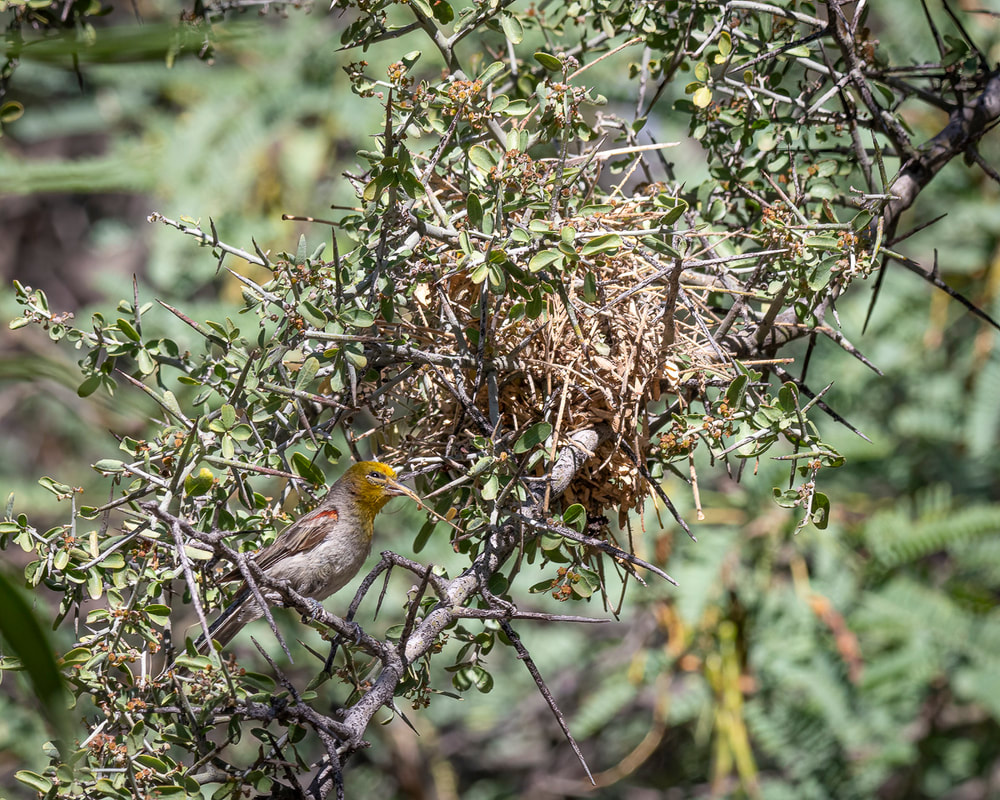
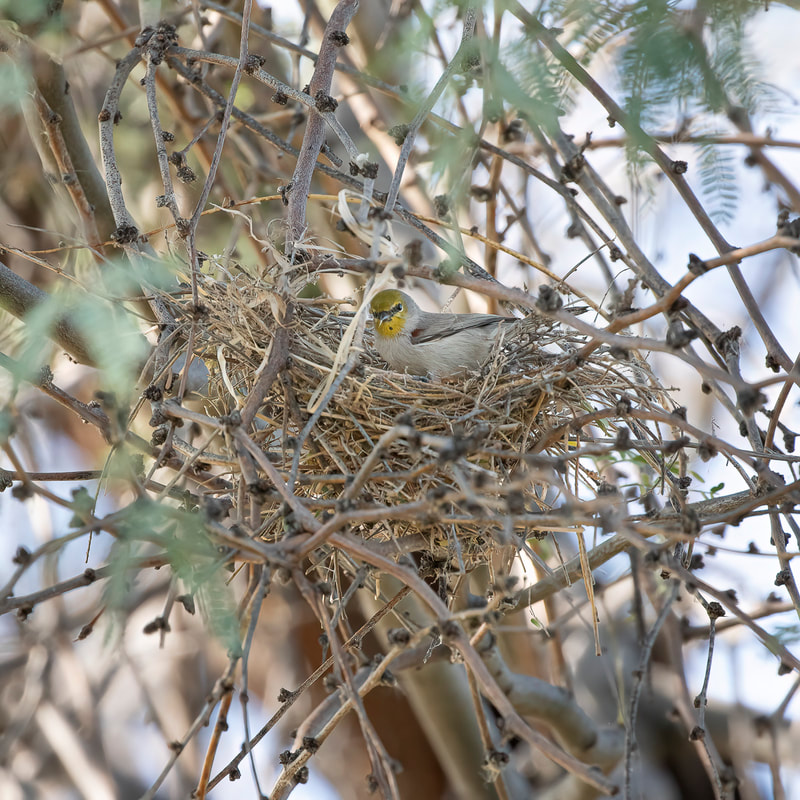
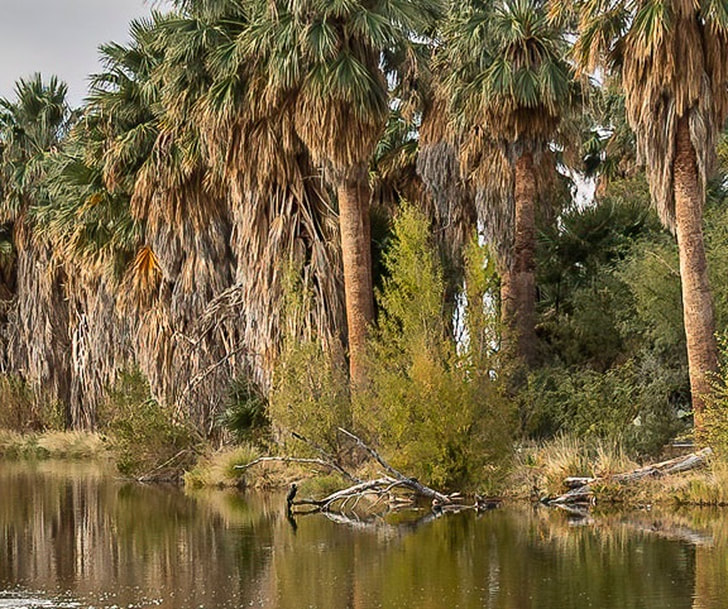
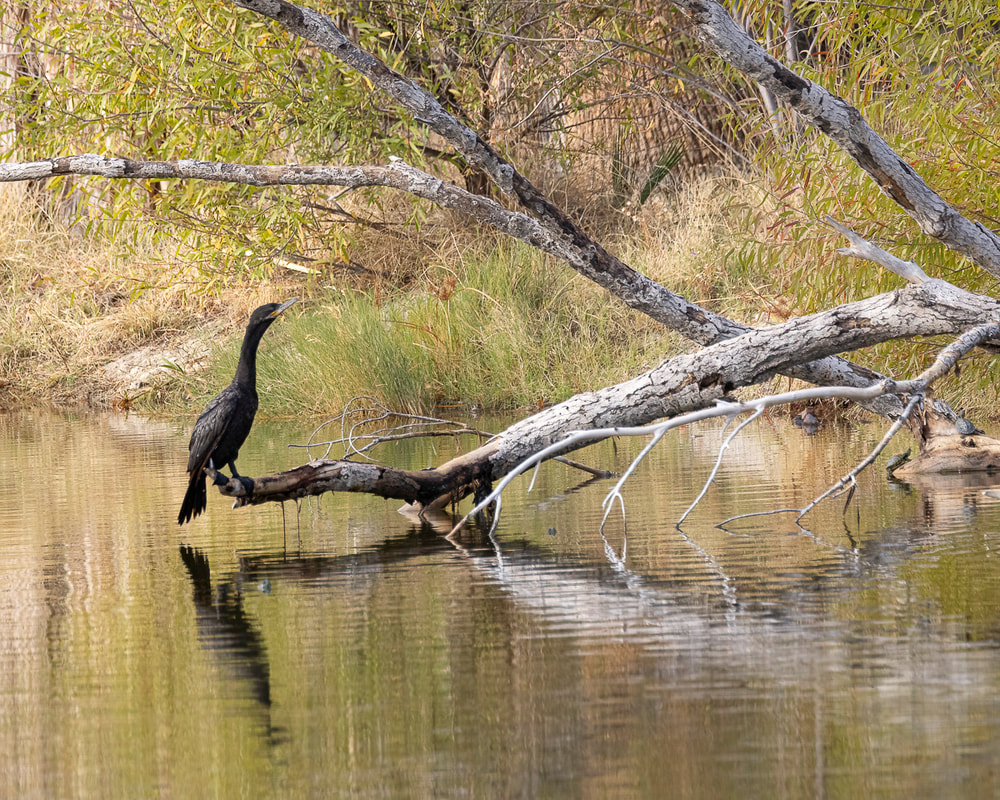
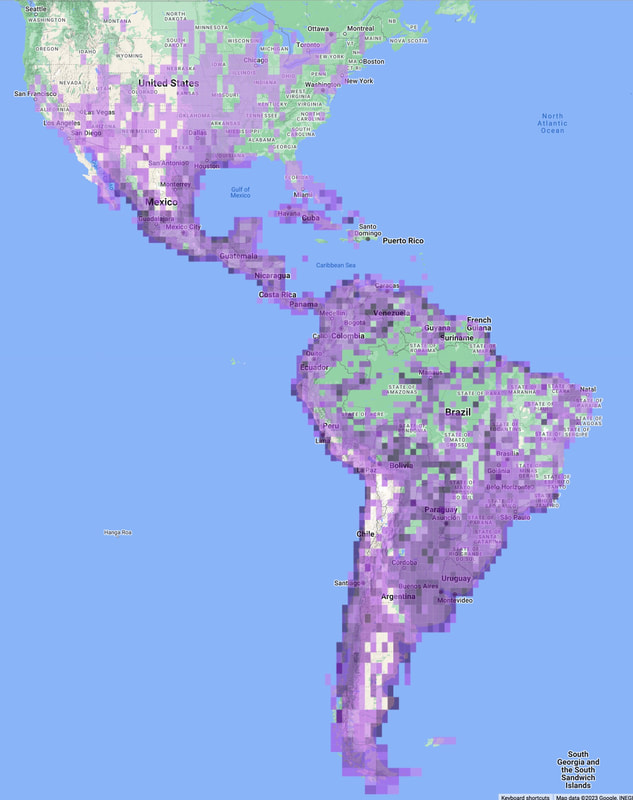
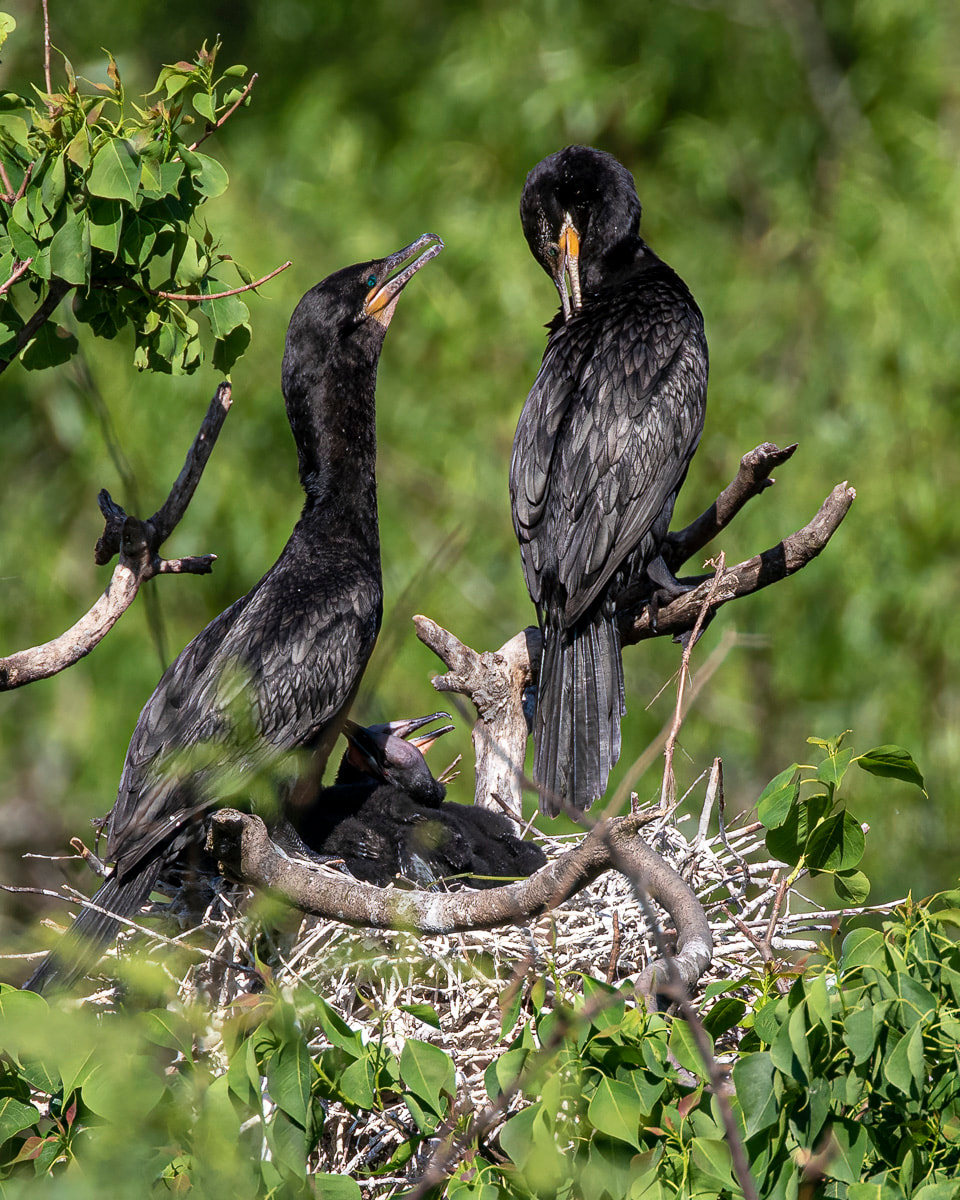
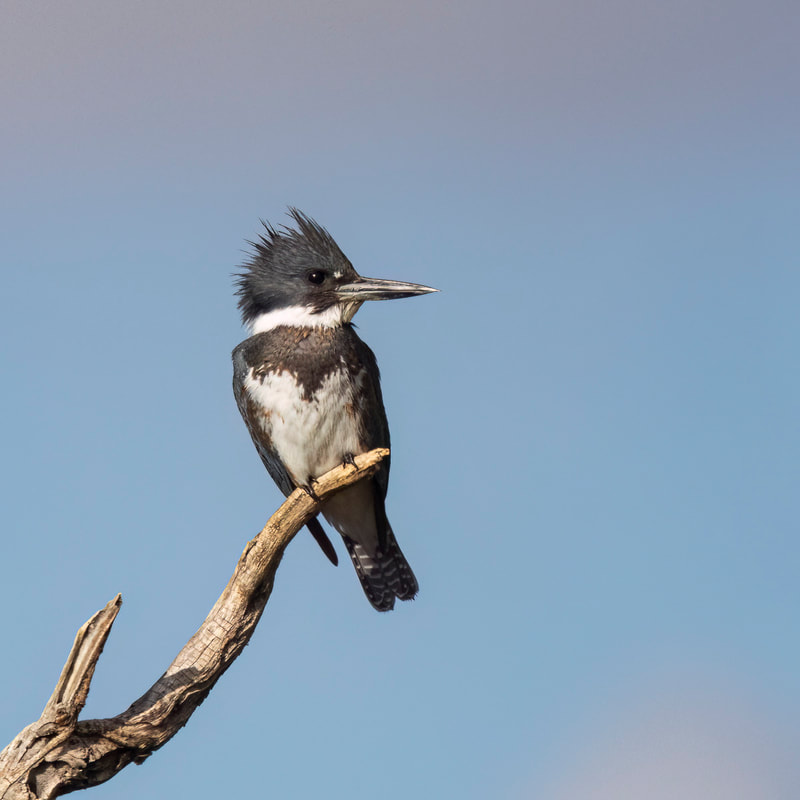
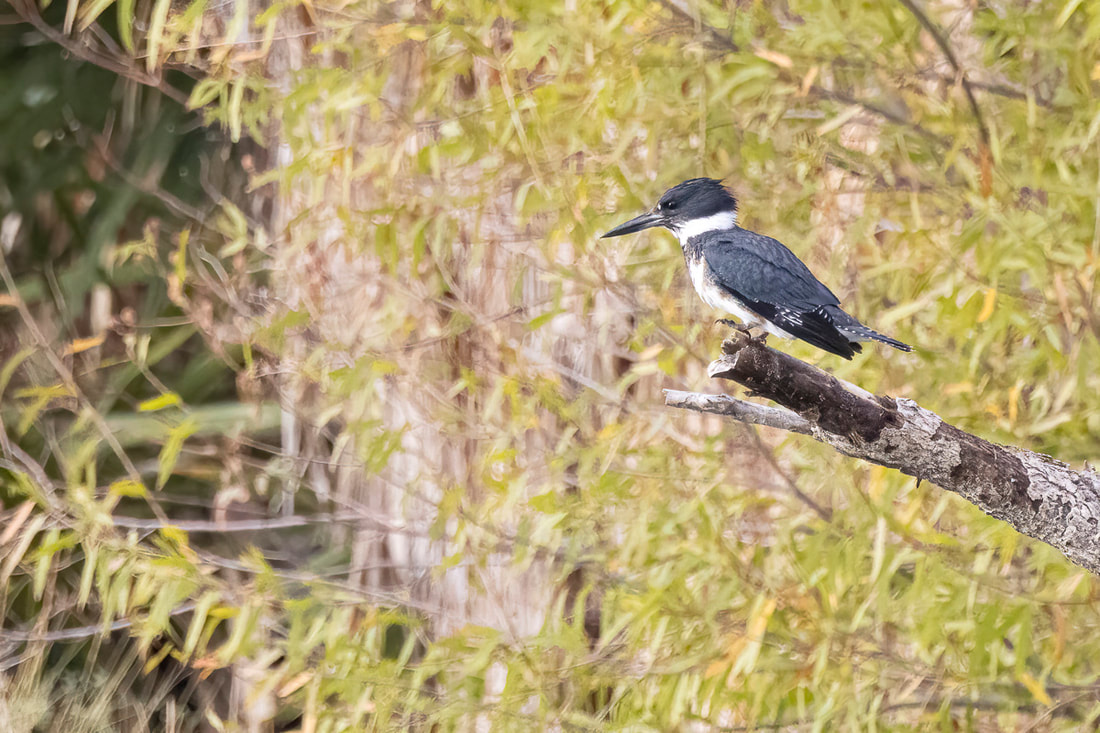
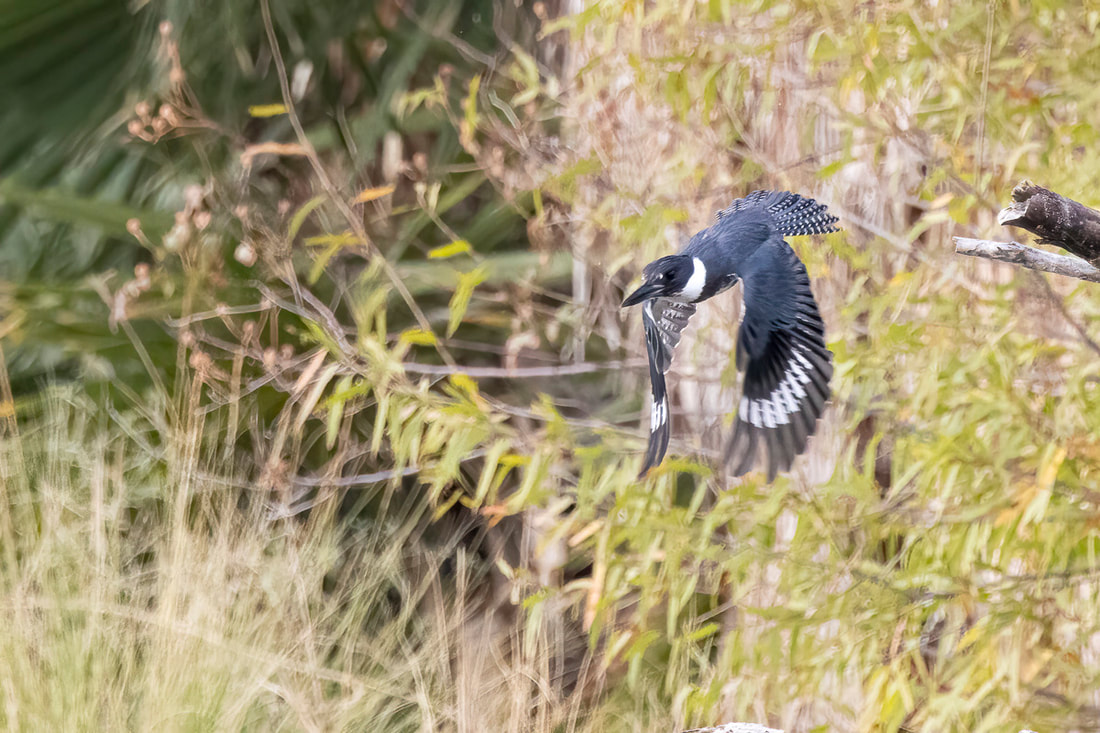
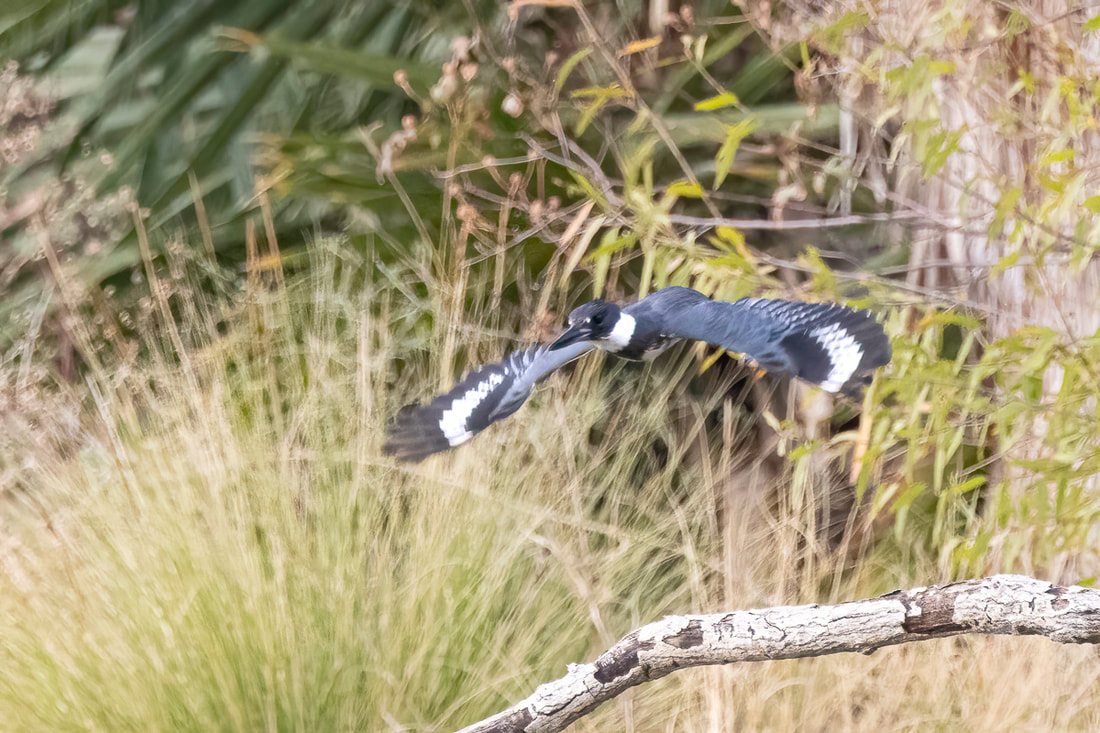
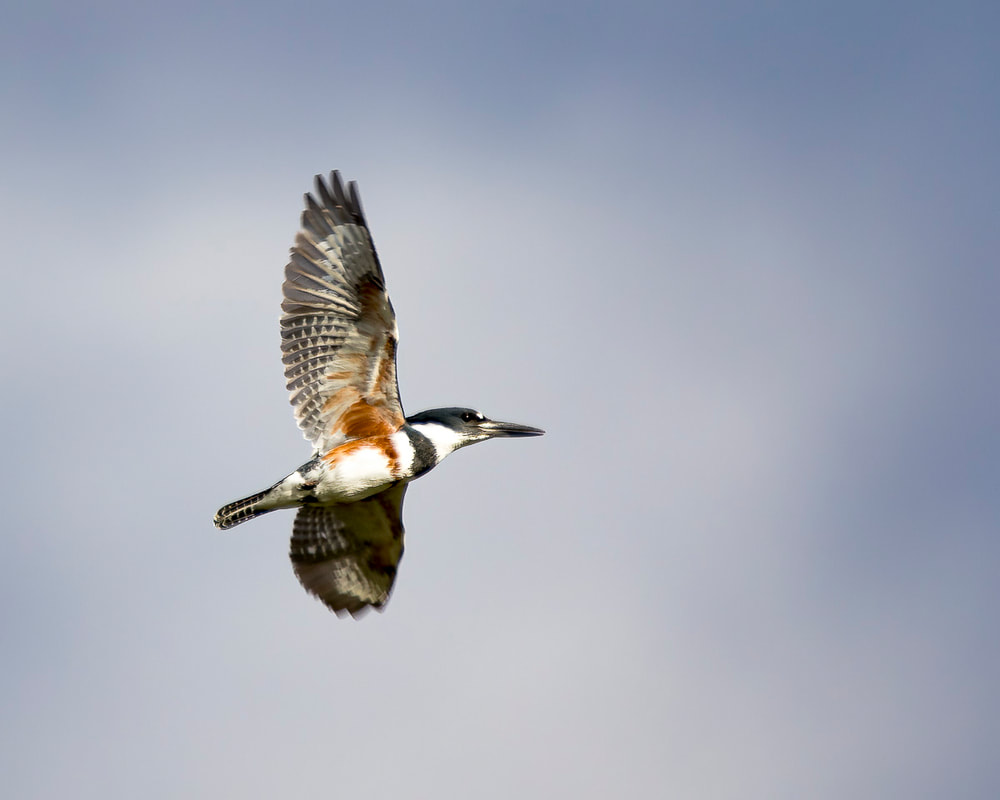
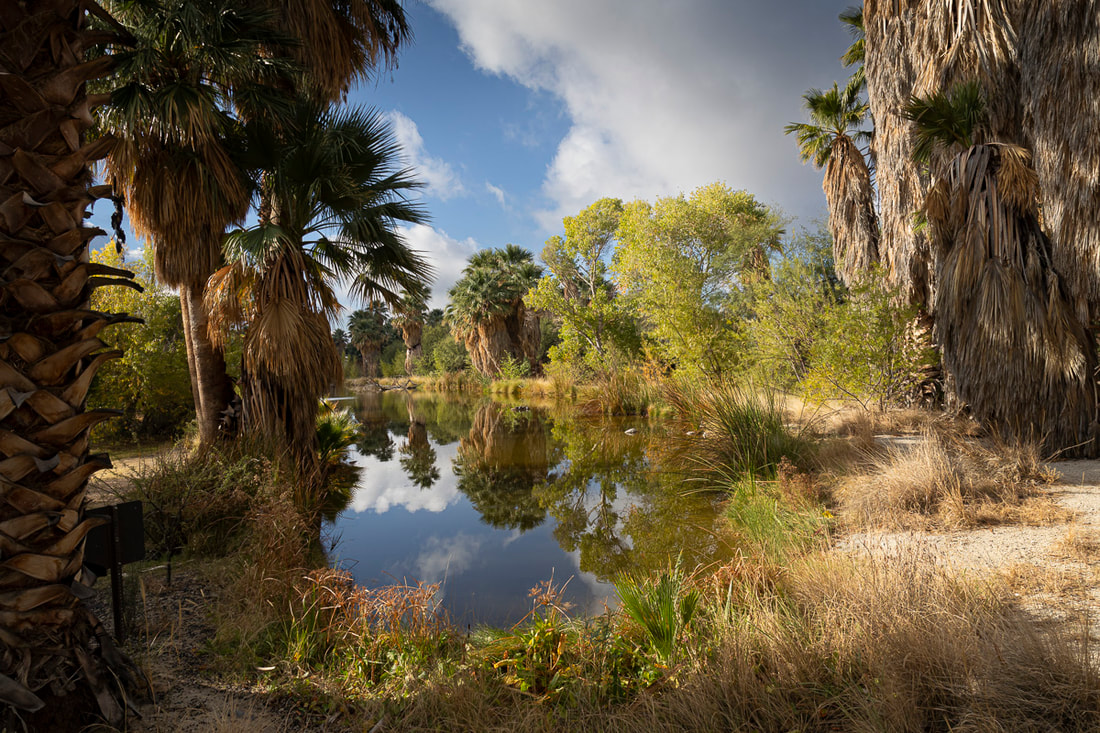
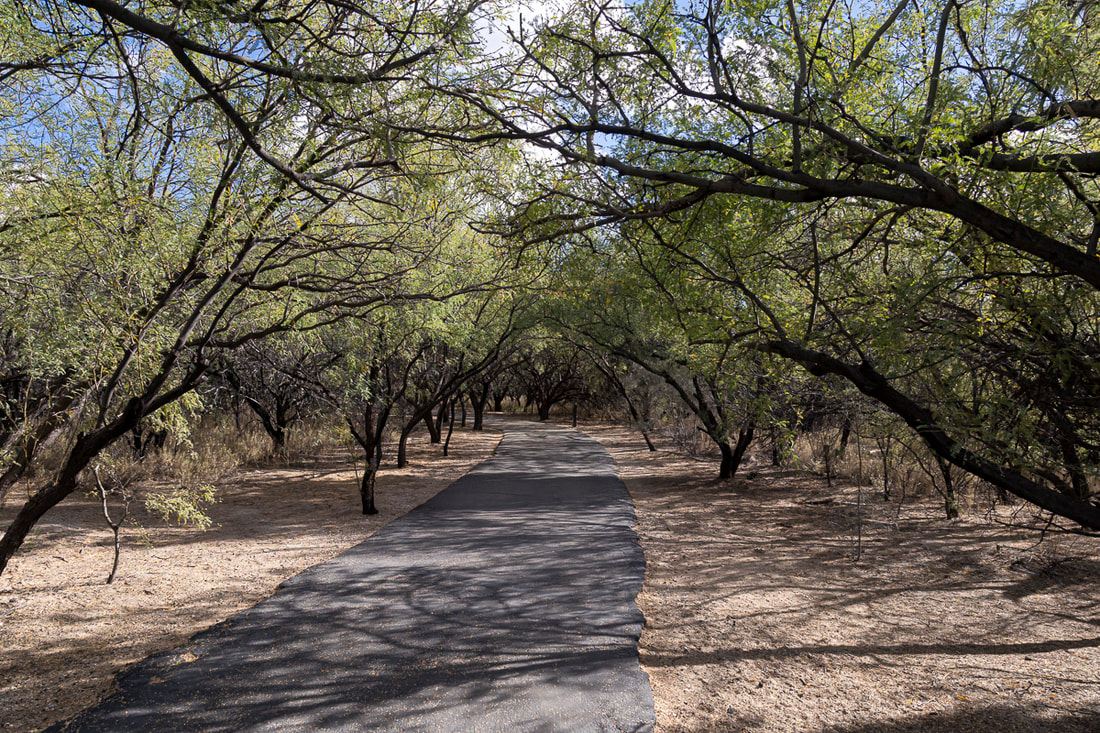
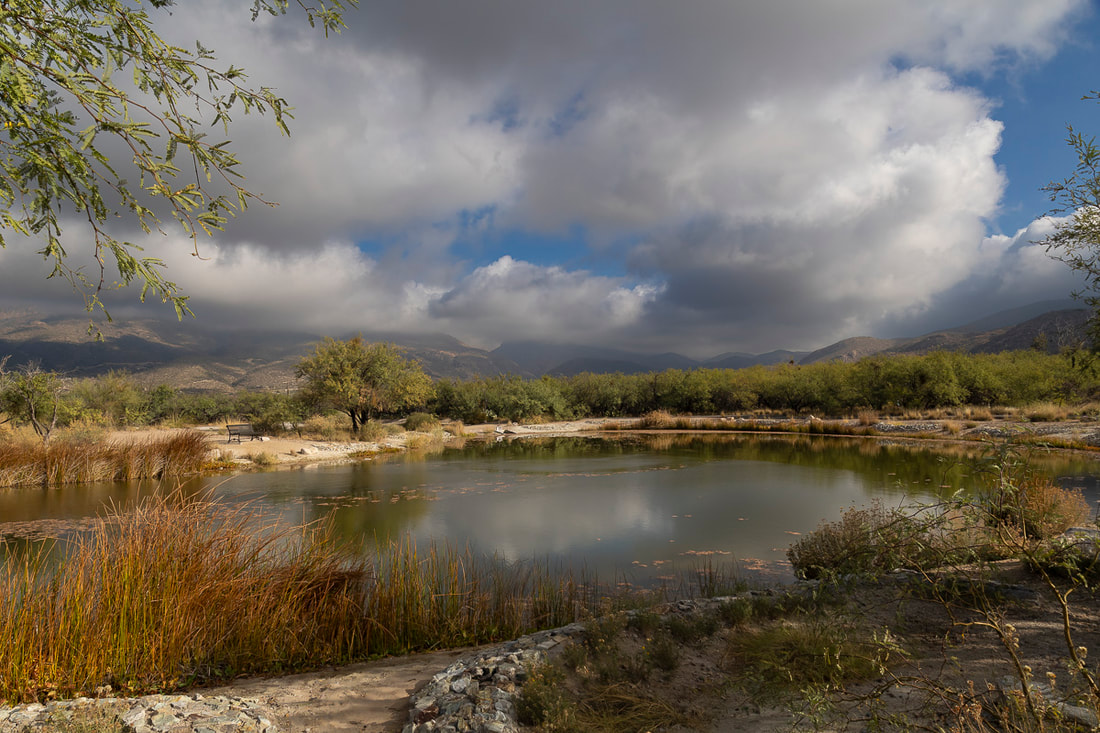
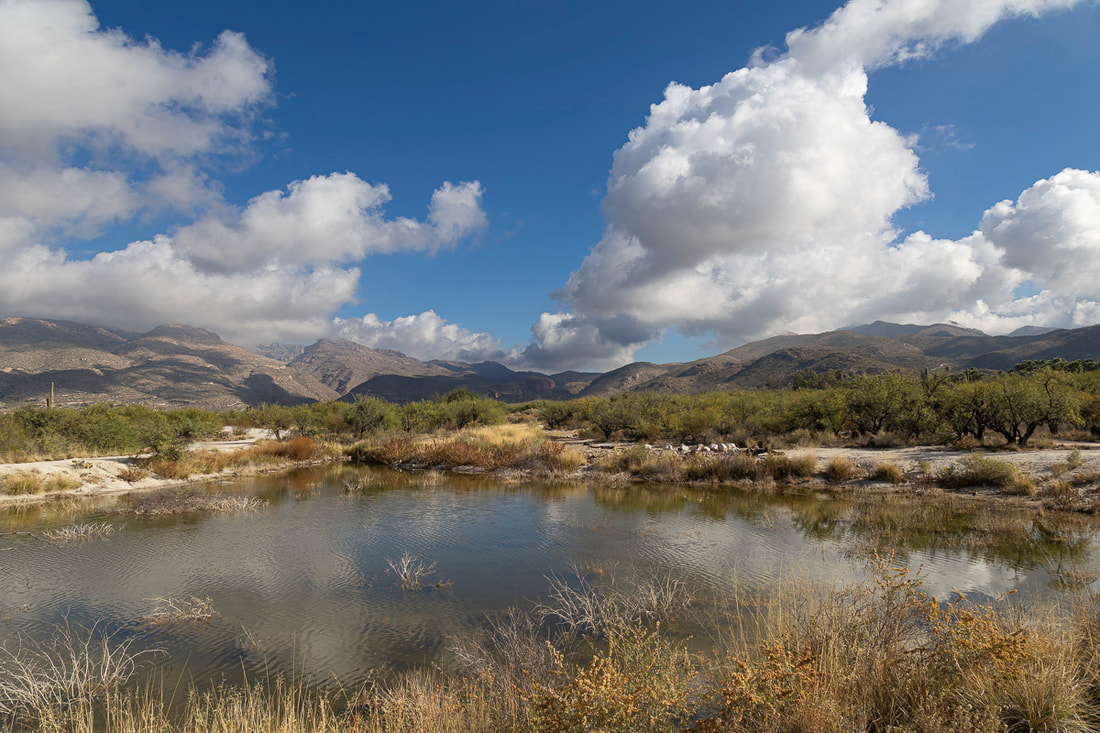
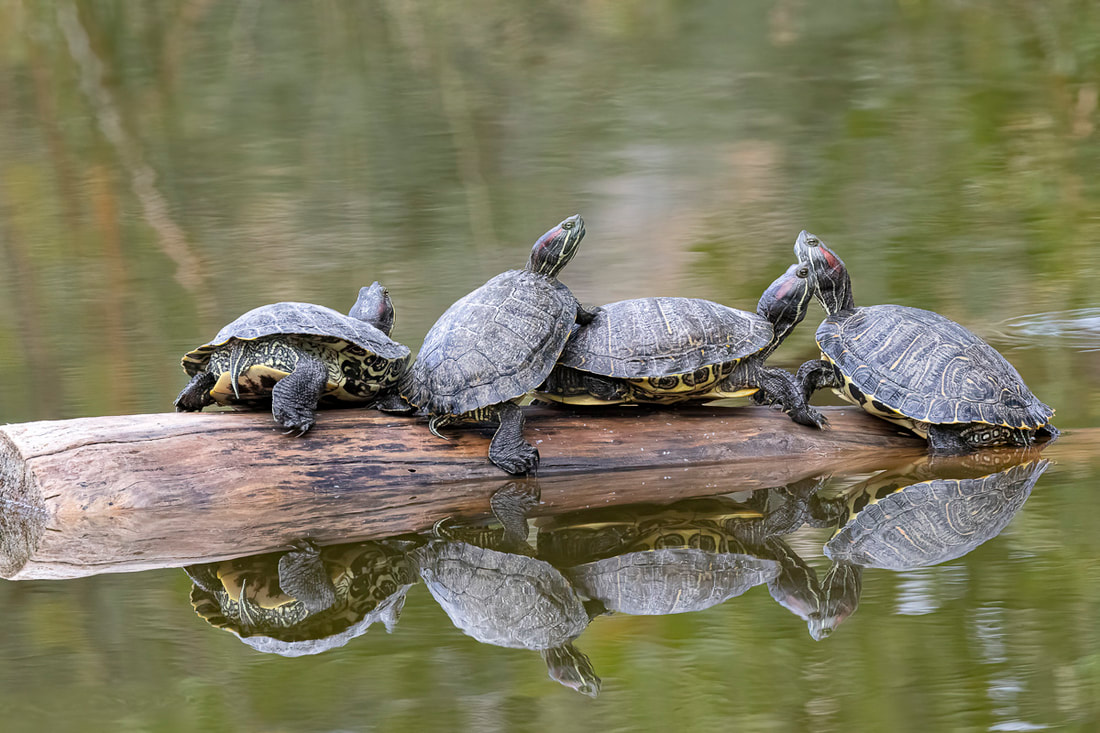
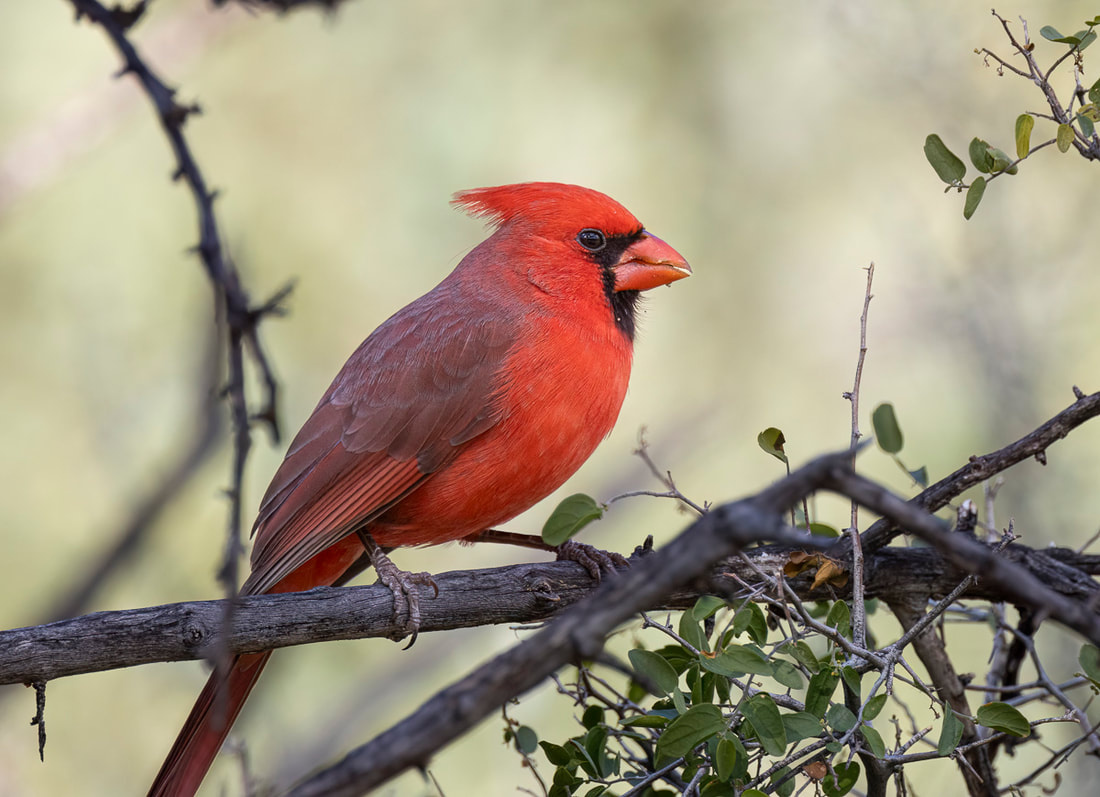
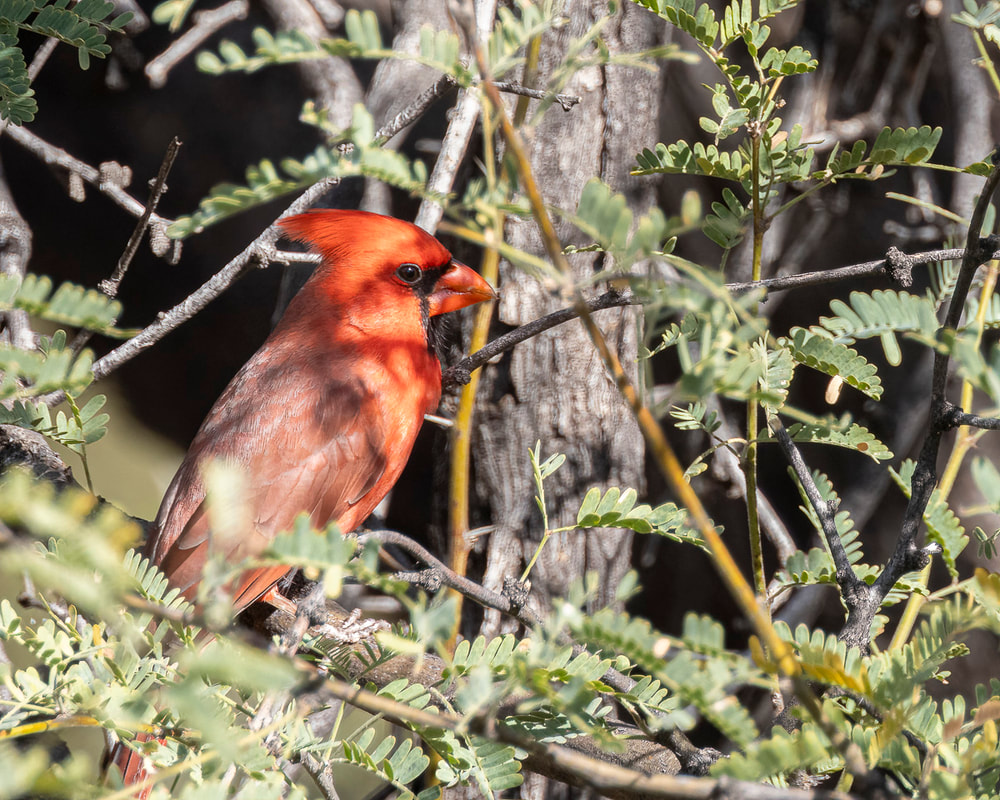
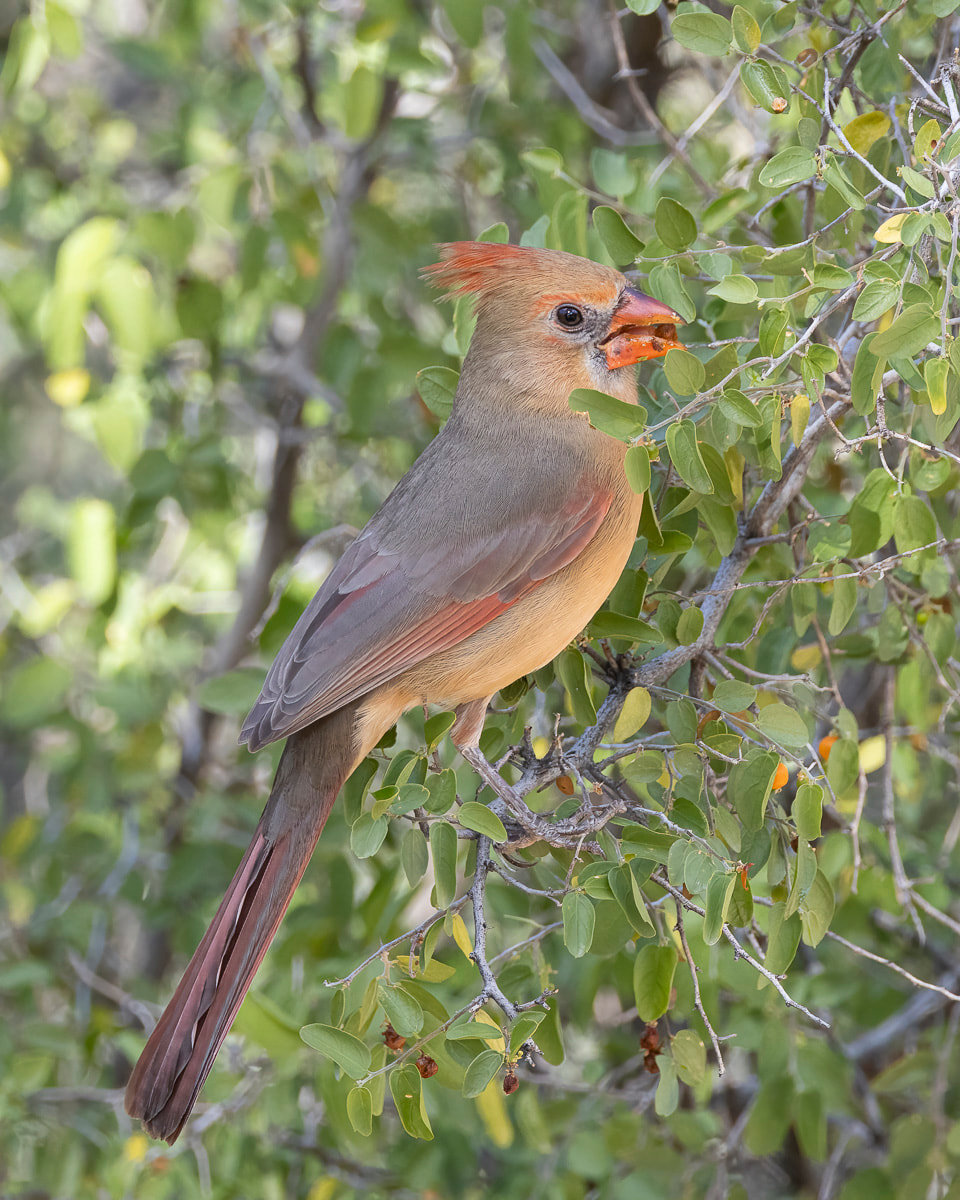
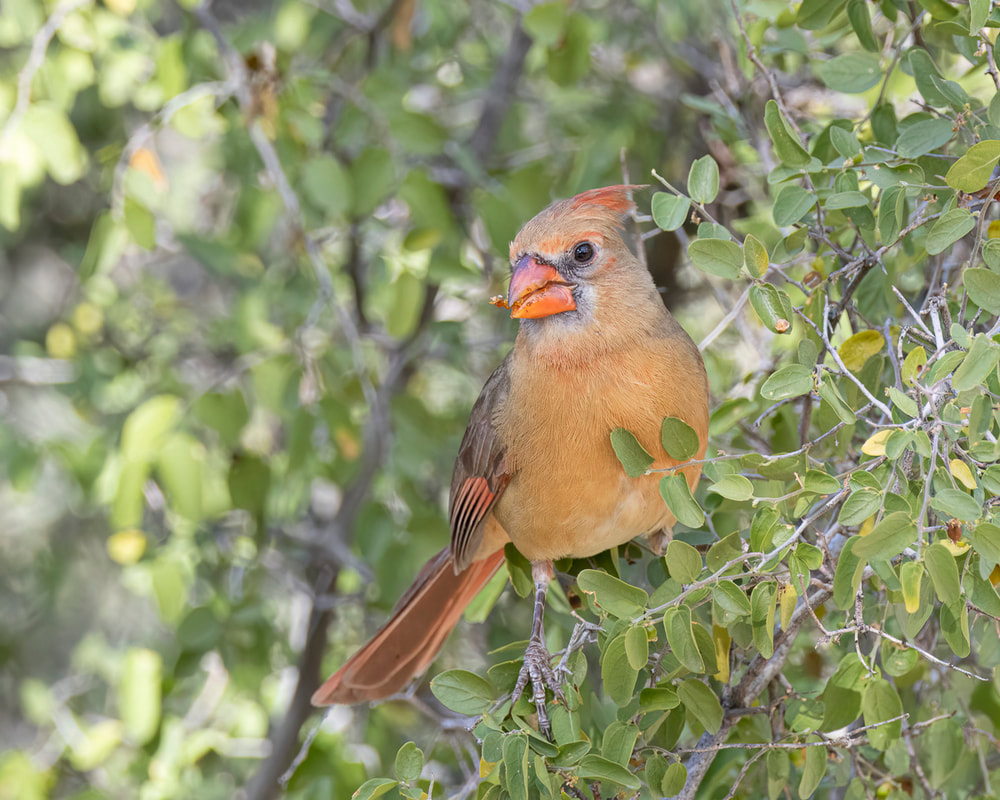
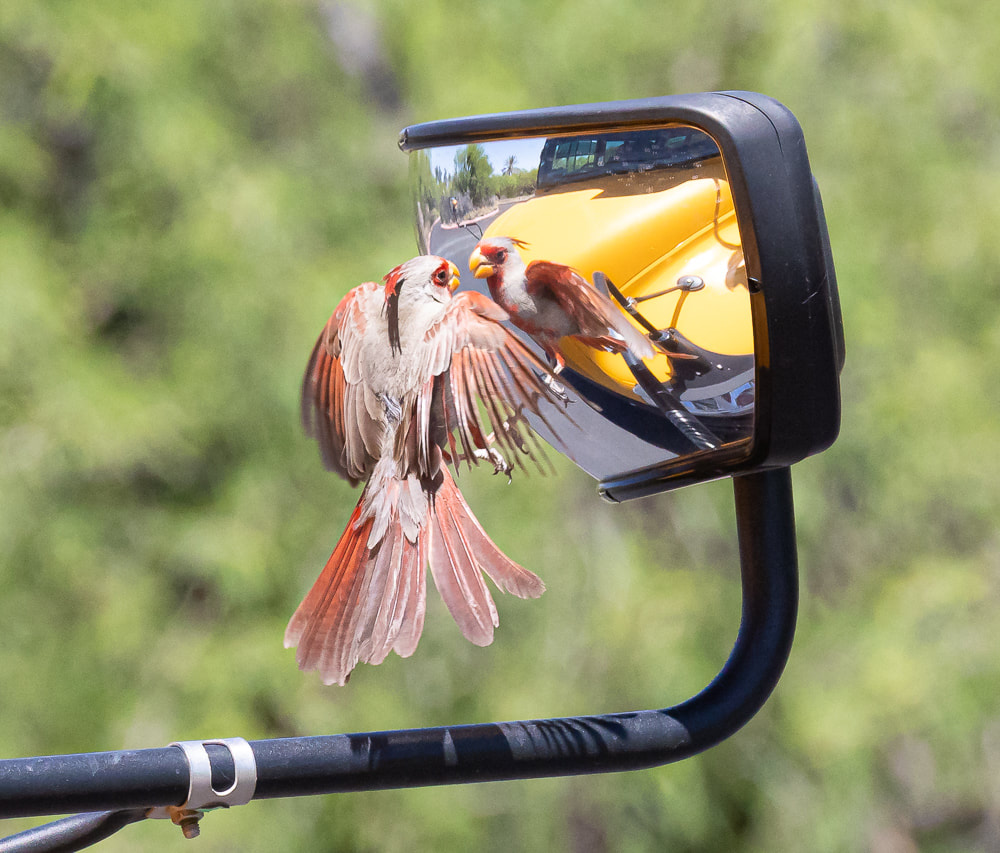



 RSS Feed
RSS Feed